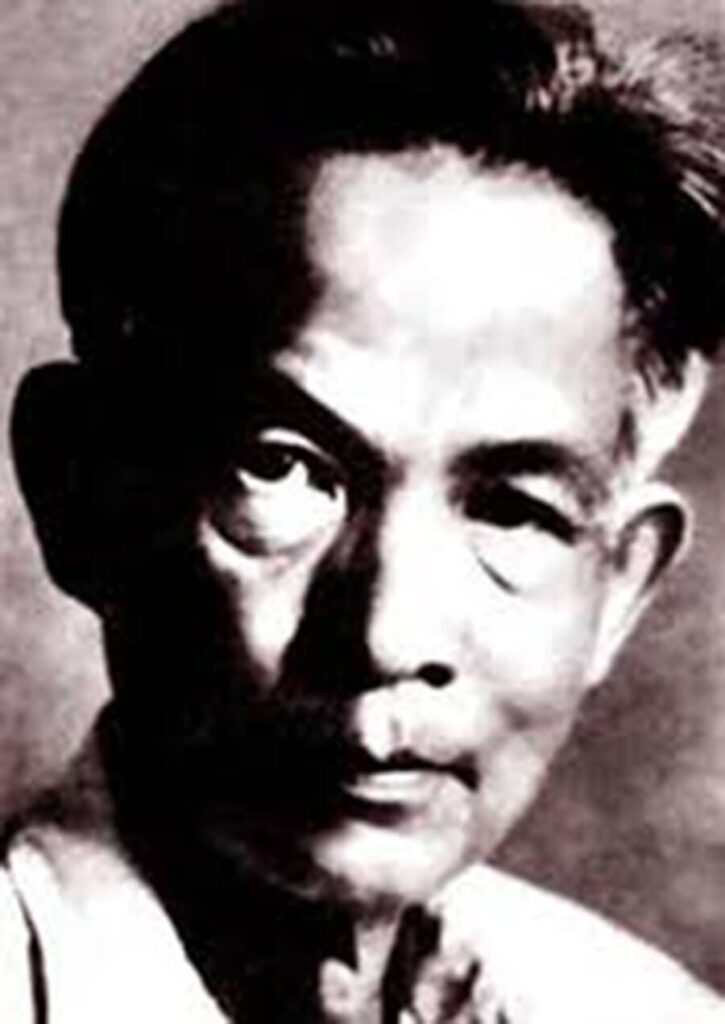Duong Bich Lien – a name synonymous with delicate, ethereal portraits of women – remains an enduring source of inspiration for lovers of Vietnamese artwork. In the flow of modern art history, he stands as a quiet genius, embodying perseverance and creativity amid societal upheavals. This article delves deeply into his life journey, career milestones, and the profound legacy left by artist Duong Bich Lien, offering readers a comprehensive look at this remarkable talent.
Duong Bich Lien Biography
Born on July 17, 1924, in Hanoi, artist Duong Bich Lien hailed from a prestigious family of intellectuals and officials. His ancestral roots trace back to Phu Thi village, Me So commune, Khoai Chau district (now part of Phu Thi village, Me So commune, Van Giang district, Hung Yen province). As the second son in a family of four siblings (one older brother, one younger sister, and one younger brother), he grew up in a cultured environment, with his father serving as a respected prefect and his uncle, the renowned scholar Duong Quang Ham.
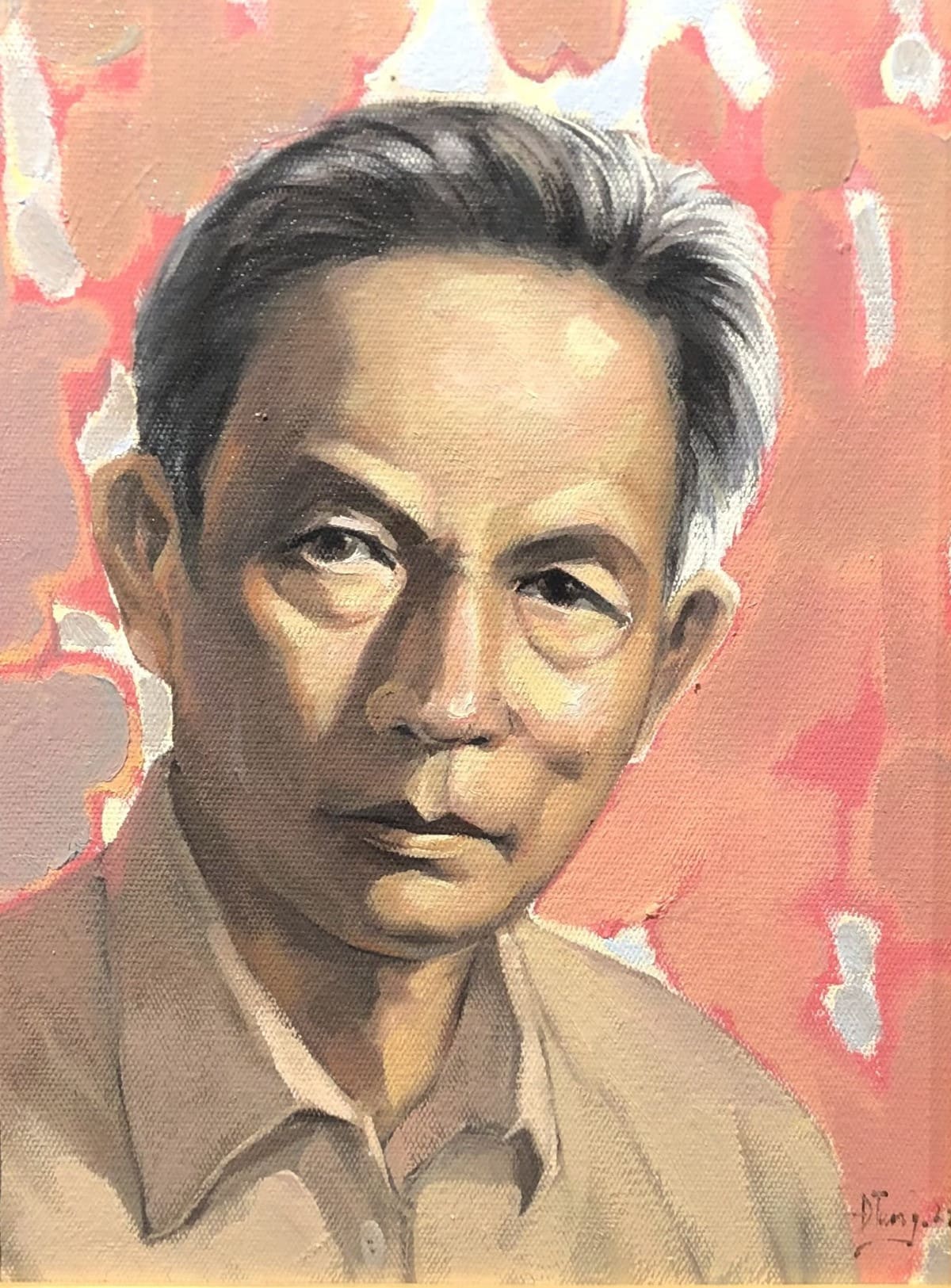
Childhood and Early Influences
From a young age, Duong Bich Lien was immersed in a privileged, refined environment where art and education were highly valued. Yet, this opulence sparked in him a yearning for freedom, leading him to abandon his comfortable life at age 17. He wandered, chasing his passion for painting and drawing inspiration from everyday life. These formative years not only built his resilience but also shaped the humanistic, relatable style that defined his later works.
-
Family and cultural foundation: His father, a prefect, instilled a disciplined education emphasizing intellect and ethics.
-
Influence of relatives: His uncle, historian Duong Quang Ham, ignited a love for Vietnam’s cultural heritage, linking his art to national identity.
-
Youthful rebellion: Rejecting wealth to pursue art reflected his free spirit, a hallmark of Duong Bich Lien’s biography.
These elements crafted an artist who was not only talented but also deeply introspective, always seeking to capture human beauty amid turbulent times.
Artistic Training at the Indochina College of Fine Arts
In 1944, Duong Bich Lien joined the final cohort of the Indochina College of Fine Arts, studying in the Painting Department during its 18th course (1944-1945). Under the guidance of masters like To Ngoc Van and Nguyen Tuong Lan, he quickly mastered European techniques, from oil painting to pastels, while blending them with Eastern sensibilities. The Indochina College, a symbol of cultural fusion, was where he honed his skills, preparing for his future contributions.
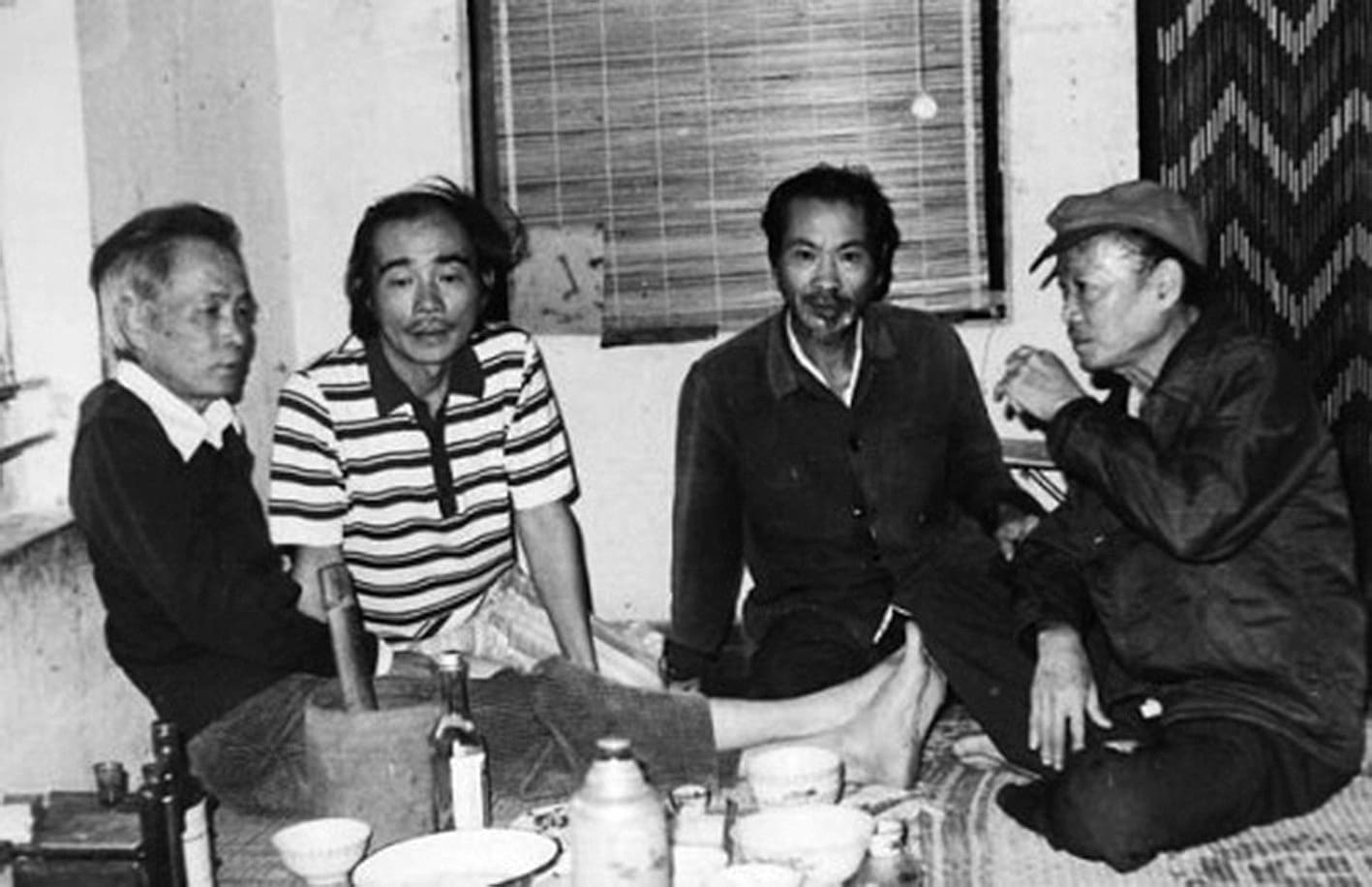
Life of Artist Duong Bich Lien
-
Rigorous curriculum: Focused on classical painting, he learned to use light and shadow to create emotional depth.
-
Creative environment: Connecting with talents like Nguyen Sang and Bui Xuan Phai, he formed part of the future “quartet” of artists.
-
Wartime challenges: The course was disrupted by war, yet this forged his resilience.
This phase of Duong Bich Lien’s biography was not just about education but an artistic awakening, where he recognized his mission to portray Vietnam’s beauty through a personal lens.
Duong Bich Lien’s Illustrious Career During and After the Resistance
Duong Bich Lien’s career is deeply tied to Vietnam’s history, from the resistance against French colonialism to the nation-building era. He was not only an artist but a cultural warrior, using his brush to capture the nation’s spirit. Though he never held a solo exhibition during his lifetime, his legacy shines through his works and influence on future generations.
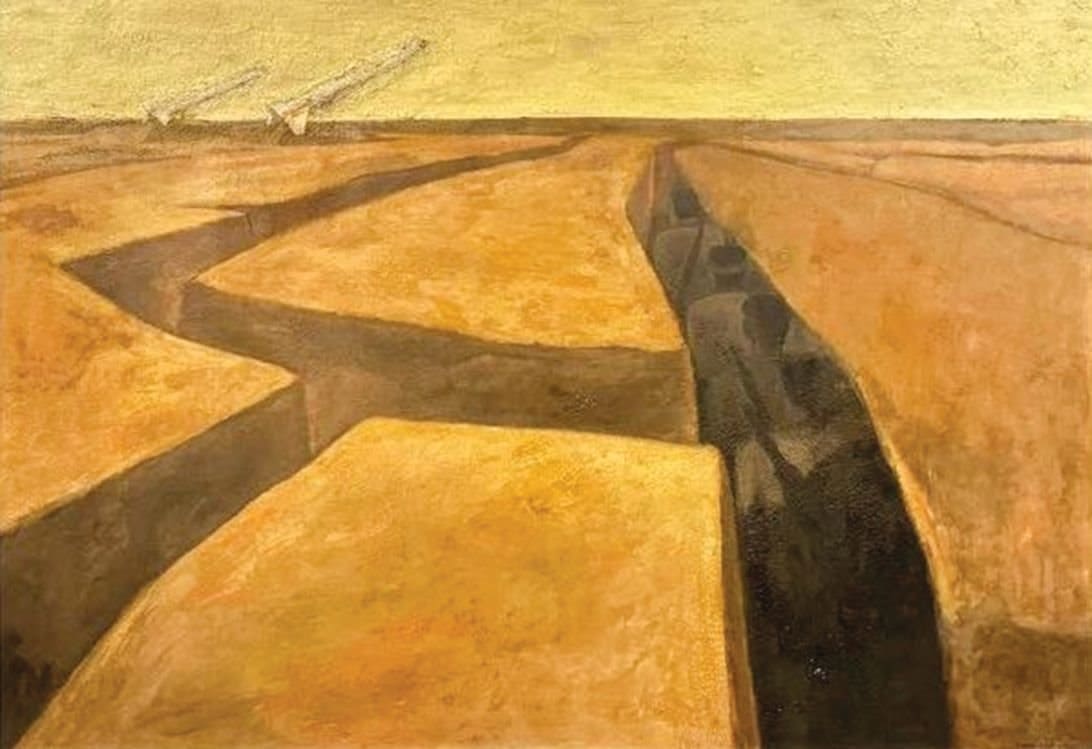
Artistic Contributions During the Anti-French Resistance
In 1946, Duong Bich Lien joined the resistance, participating in cultural and revolutionary journalism groups. He worked with Pham Van Khoa’s theater troupe, Nguyen Xuan Khoat’s cultural group, and the Resistance Cultural Group alongside To Ngoc Van and The Lu. He illustrated for the “Ve Quoc Doan” newspaper, spreading patriotism through vivid imagery.
-
1949 – Party membership: One of the first artists inducted into the Communist Party in the resistance zone, alongside Mai Van Hien and Tran Dang, affirming his pioneering role.
-
1952 – Portrait of Ho Chi Minh: Tasked with living near and painting President Ho Chi Minh in the Viet Bac war zone. His work “Ho Chi Minh in the Viet Bac War Zone” won first prize at the 1980 National Art Exhibition and is now preserved at the Vietnam Museum of Fine Arts.
-
Propaganda contributions: His illustrations were not only beautiful but carried revolutionary messages, igniting patriotism.
These efforts cemented Duong Bich Lien’s career as an inseparable part of Vietnam’s resistance art history.
Milestones in His Creative Career After 1954
After peace was restored in 1954, Duong Bich Lien returned to Hanoi, joining the “creative team” with Bui Xuan Phai and Nguyen Sang. In 1968, he traveled to Quang Ninh’s coal mines alongside Nguyen Tien Chung, Nguyen Tu Nghiem, and Huynh Van Gam, finding new inspiration in themes of labor and daily life.
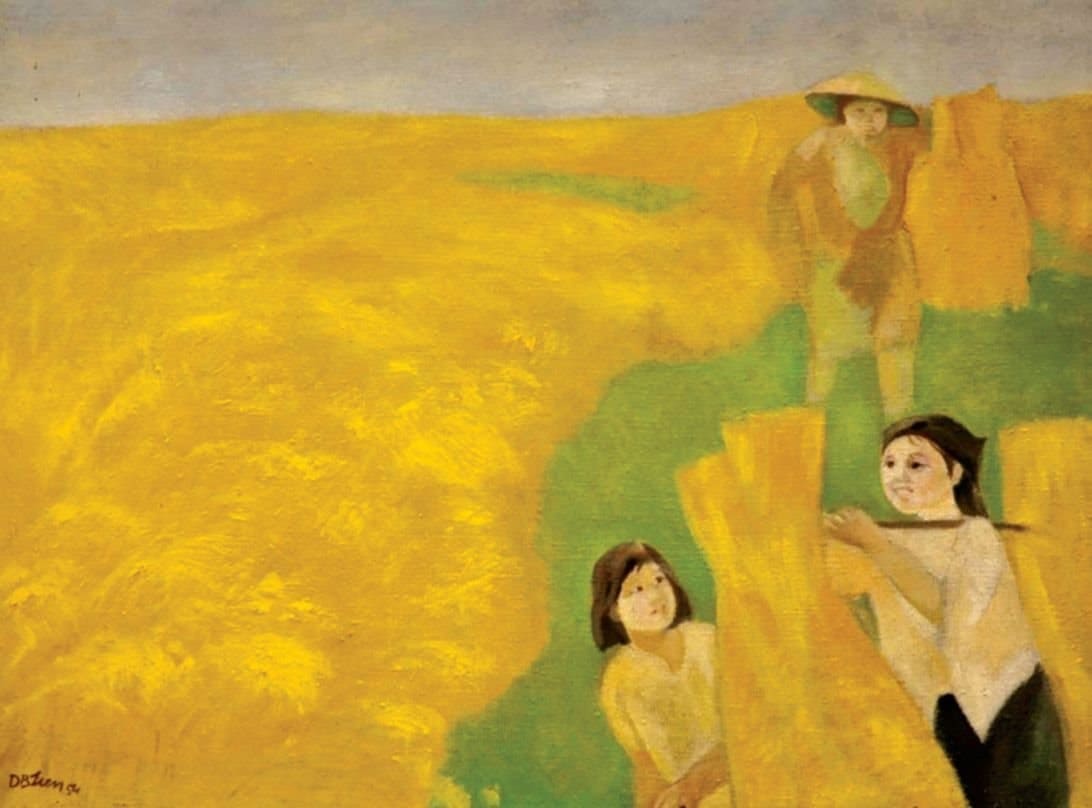
Works by Artist Duong Bich Lien
-
1968 – Quang Ninh fieldwork: Paintings of coal miners showcased the vitality of labor, utilizing unique lacquer techniques.
-
1984 – Exhibition invitation: The state invited the “quartet” (Nghiem, Lien, Sang, Phai) for solo exhibitions, but he declined due to a lack of works – a decision reflecting his solitude in later years.
-
2000 – Ho Chi Minh Award: Posthumously awarded the Ho Chi Minh Prize for Literature and Arts, recognizing his lifelong contributions.
Despite its ups and downs, Duong Bich Lien’s career stands as a testament to quiet dedication, profoundly shaping modern Vietnamese art.
Notable Works by Duong Bich Lien: A Fusion of Talent
Duong Bich Lien devoted his life to exploring global art movements, mastering oil, lacquer, pastels, and charcoal. He excelled particularly in portraits of women, famously dubbed “Lien’s girls” – a counterpart to Bui Xuan Phai’s “Phai’s streets.” His works are not only visually stunning but emotionally profound, capturing the simple, sacred beauty of Vietnamese women.
Portraits of Women: The Soul of Duong Bich Lien’s Art
Duong Bich Lien’s portraits of women are the pinnacle of his creativity, imbued with tender affection for his subjects. His female figures are not abstract ideals but real, everyday women, portrayed with clear light and authentic expressions. The 1960-1970 period marked his peak, producing a series of works reflecting a humanistic aesthetic.
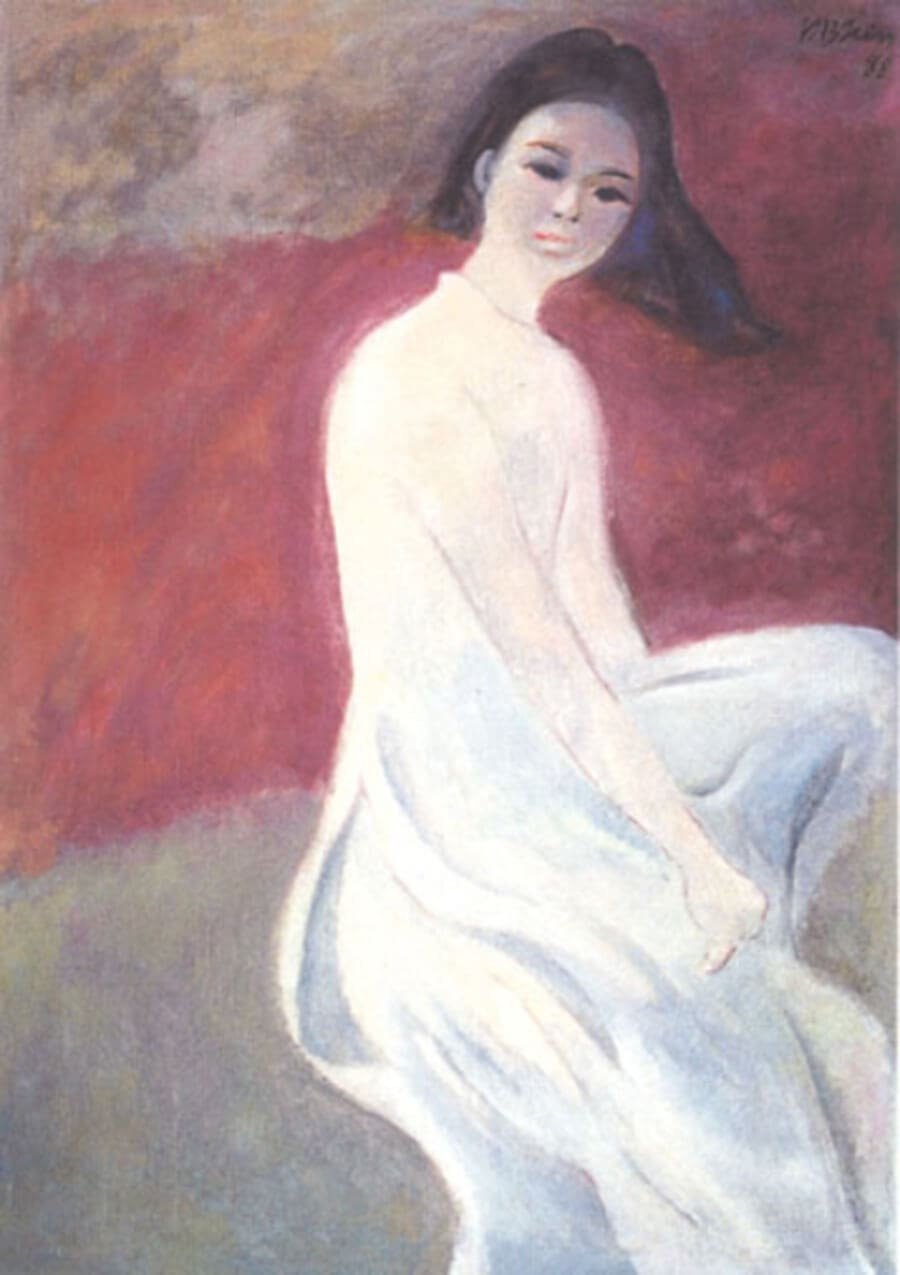
Art of Artist Duong Bich Lien
-
“Co Mai” (oil): This painting captures a dreamy-eyed young woman, using warm tones to celebrate simple beauty, becoming an icon of Duong Bich Lien’s women portraits.
-
“Girl in White Dress” (oil): Depicting a girl by a window, with soft lines and gentle light, it evokes purity amid life’s chaos.
-
Style characteristics: Using pastels to create emotional layers, blending European techniques with Vietnam’s soul, resonating with viewers through relatability.
These works not only achieved artistic success but also reflected Duong Bich Lien’s view of human beauty: fragile yet timeless.
Peak Oil and Pastel Paintings
Beyond portraits, Duong Bich Lien’s career shone through paintings of daily life and history. He varied materials, from oil paintings of labor to pastels capturing revolutionary moments, all marked by an ethereal, distinctive style.
-
“Night Study” (oil): Portraying students under oil lamps, it reflects the thirst for knowledge during wartime, with bold lines and warm colors.
-
“Harvest Day” (oil): Depicting farmers at work, using lacquer for depth, it honors honest labor – a recurring theme in Duong Bich Lien’s career.
-
“Heroic Spirit” (pastel): Excluded from exhibitions due to its creative detail (a soldier closing his eyes in joy hearing Ho Chi Minh), it is now praised for its emotional expressiveness.
-
“Ho Chi Minh Speaking with Defense Soldiers” (oil): Despite controversy, this painting showcases his talent for portraying leaders with warmth and humanity.
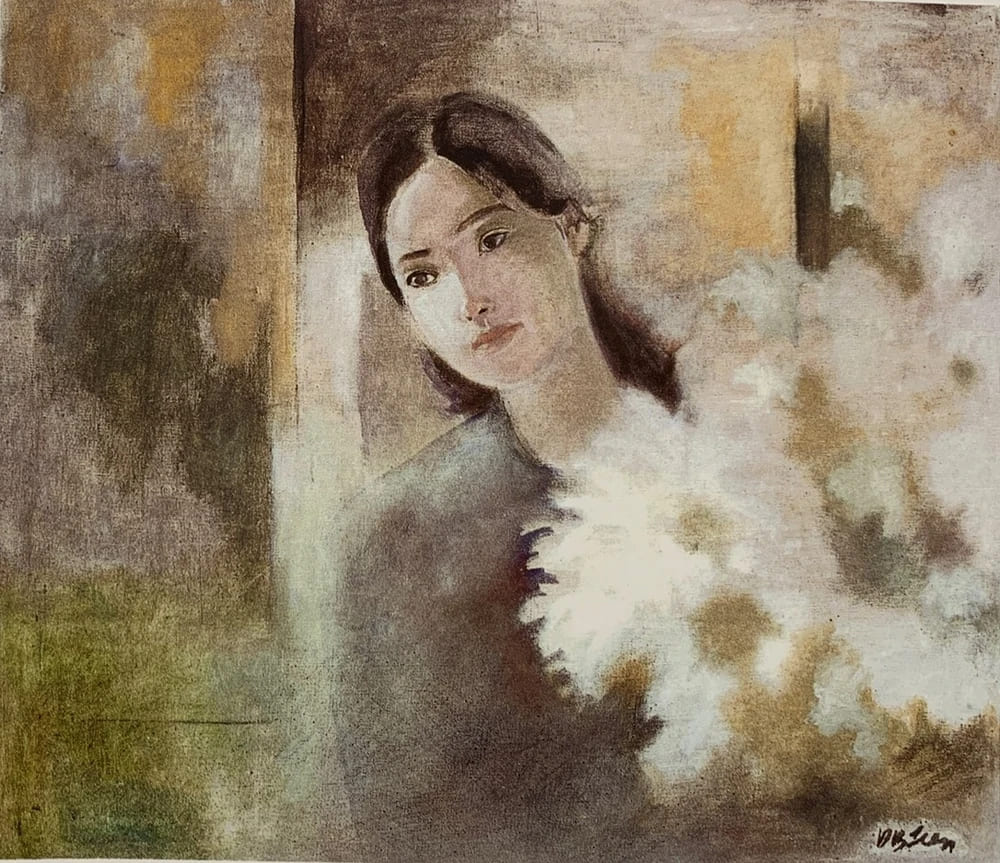
Though not widely displayed during his lifetime, Duong Bich Lien’s notable works are now treasures at the Vietnam Museum of Fine Arts, drawing thousands of visitors annually.
Duong Bich Lien’s Art Legacy in Vietnamese Art History
As a member of Vietnam’s “artistic quartet” (with Nguyen Tu Nghiem, Nguyen Sang, and Bui Xuan Phai), Duong Bich Lien left a legacy through his works and artistic spirit. Despite a lonely life, marked by depression and selling paintings for wine in his final years, he remains an inspiration for younger generations. He passed away in 1988 at age 64, but his artistic value continues to gain recognition.
Ties with Bui Xuan Phai and the “Quartet”
Duong Bich Lien’s career was closely linked to Bui Xuan Phai, his companion in the “creative team.” The phrase “Phai’s streets, Lien’s girls” captures their perfect complement: Phai depicted old Hanoi, while Duong Bich Lien celebrated women’s beauty. With the “quartet,” he represented modern Vietnamese art, blending East and West.
-
Creative collaborations: Joint fieldwork, like in Quang Ninh in 1968, produced works united by national spirit.
-
Mutual influences: His portrait style influenced Phai’s depictions of everyday figures.
-
Shared legacy: The “quartet’s” 1984 exhibition (though he declined) marked a pinnacle.
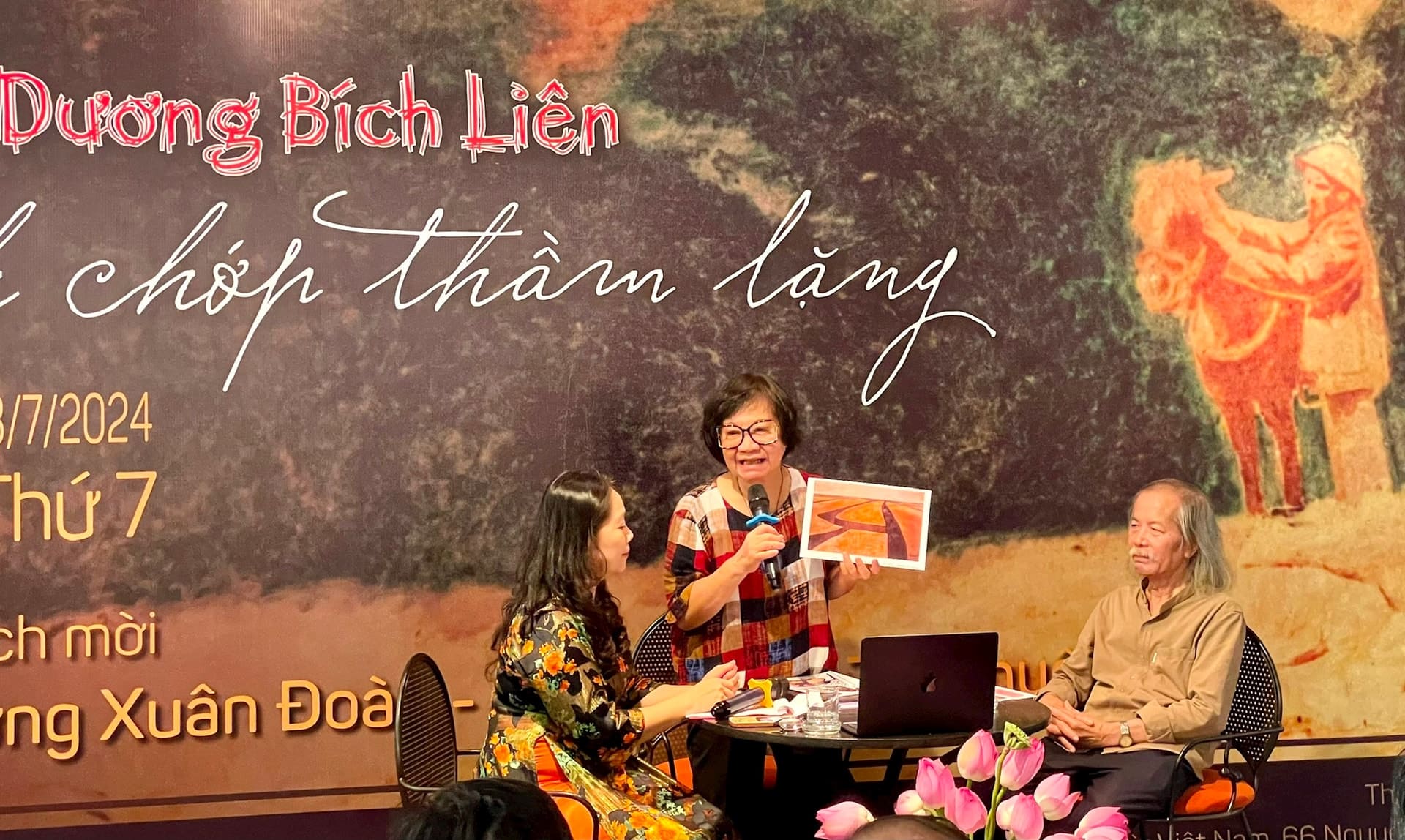
Remembering Artist Duong Bich Lien
Lessons from His Life and Works
Duong Bich Lien’s legacy teaches that true art stems from the heart, needing no fame. His portraits of women are not only beautiful but humanistic, reminding us of human values in modern society. Today, his works are widely collected, contributing to Vietnam’s art development.
-
Educational value: Art schools use his works as references, emphasizing technique and emotion.
-
Contemporary influence: Young artists draw inspiration from “Lien’s girls,” shaping modern portraiture.
-
Global recognition: Works like “Ho Chi Minh in the Viet Bac War Zone” are featured in Asian exhibitions, affirming his international stature.
In conclusion, Duong Bich Lien is more than a chapter in art history; he is a beacon of inspiration, urging future generations to pursue passion with sincerity. Through his masterful brushstrokes, he forever embodies the timeless beauty of Vietnam.

